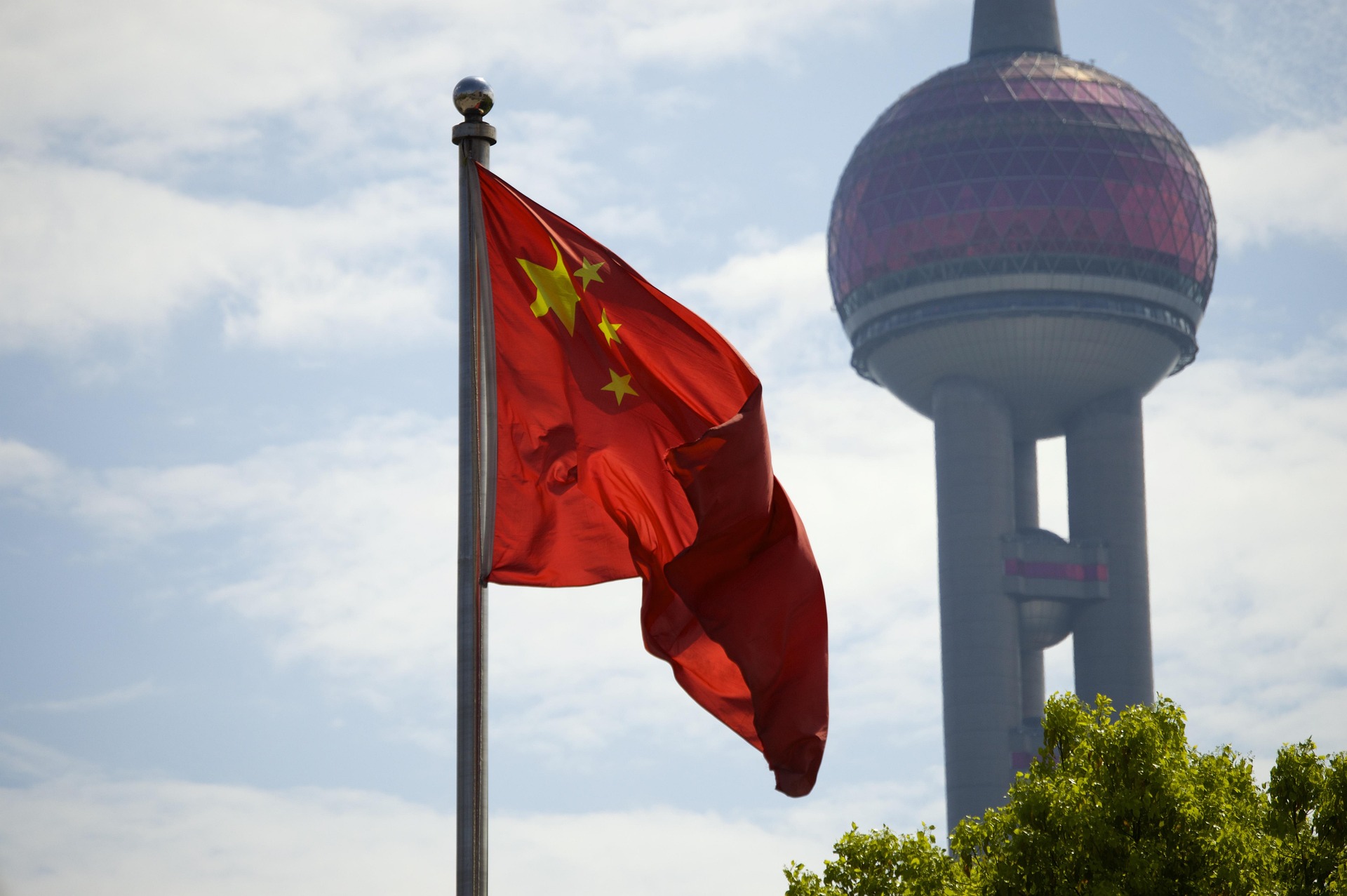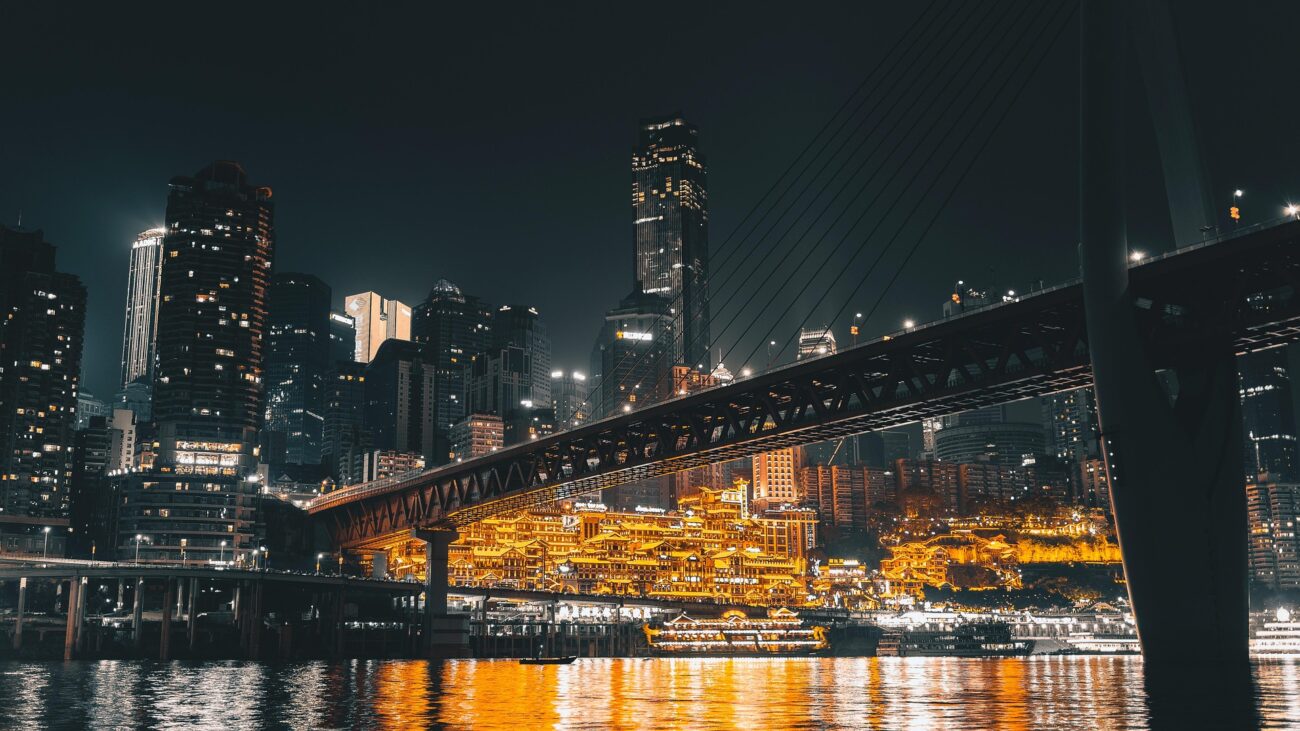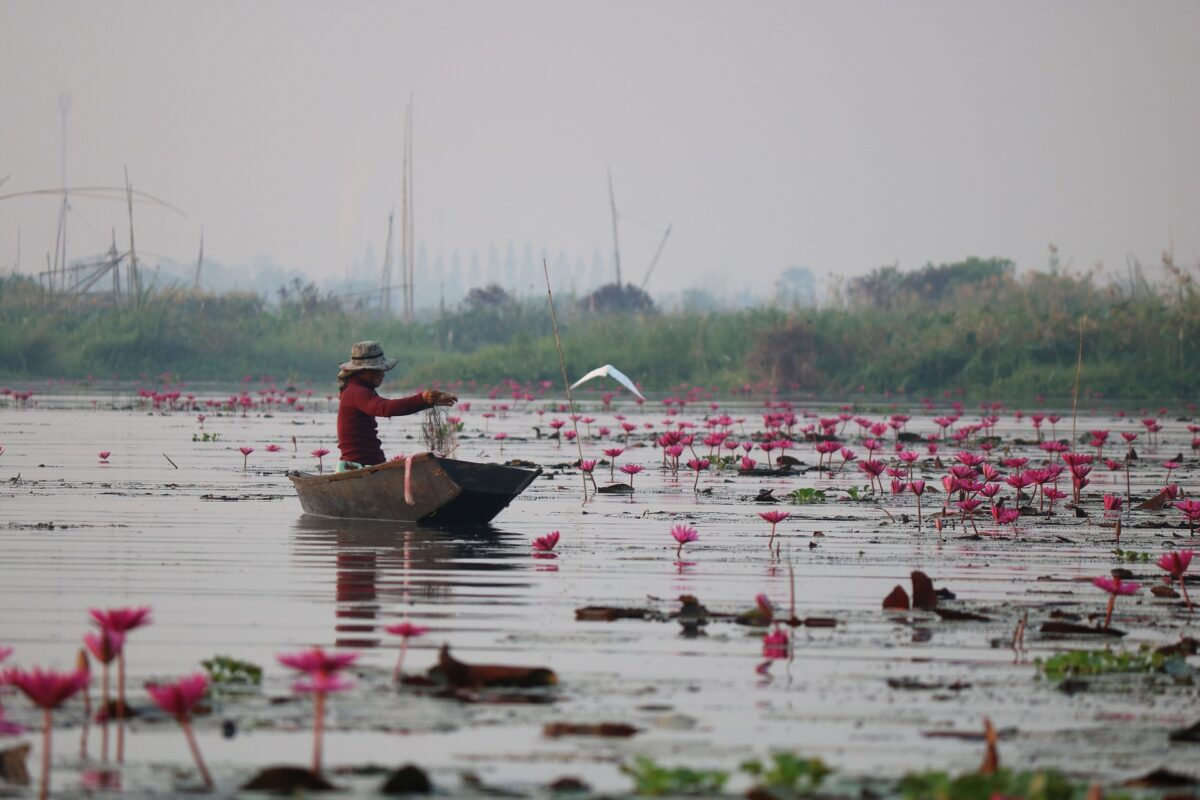
Blog
China Promises 100 New Projects in the Pacific

On May 28, during a foreign ministers’ meeting held in Xiamen, Chinese Foreign Minister Wang Yi announced that China will carry out 100 development projects in Pacific Island nations over the next three years. These projects are designed to address issues like climate change, renewable energy, fisheries, low-carbon infrastructure, and tourism.
The effort is part of China’s broader Belt and Road Initiative, specifically under the sub-category known as “Small but Beautiful” projects. These localized development efforts aim to strengthen diplomatic ties with small and often overlooked nations by delivering visible, community-focused results. The Chinese government is positioning itself as a reliable development partner for countries vulnerable to environmental and economic challenges.

A $2 Million Investment in Climate and Development
In addition to launching the 100 projects, China also pledged to invest $2 million to support clean energy, ocean protection, sustainable fisheries, and green tourism. The Chinese Ministry of Foreign Affairs stated that the country fully recognizes the vulnerability of Pacific Island nations in the face of the global climate crisis.
This announcement comes at a time when U.S. support in the region has reportedly been frozen, and some Pacific countries are feeling the strain from high American tariffs. With Beijing stepping in to fill this gap, many see the move not only as humanitarian assistance, but also as a way for China to increase its strategic influence in an important but often neglected region.

A Benevolent Offer — or a Strategic Power Grab?
What did you think when you heard this? Did you feel that China is doing a great job for the environment, especially compared to the U.S.? At first glance, China’s promise of climate aid to Pacific Island nations might seem like a generous, timely gesture. But dig a little deeper, and a more complex — and concerning — picture emerges. Many analysts believe this is not just about helping vulnerable nations adapt to climate change. Instead, it may be a carefully calculated move to extend Beijing’s global reach through economic influence.
China has been accused in multiple regions of practicing what’s called “debt-trap diplomacy.” This strategy involves offering loans and investments that appear generous, but come with long-term consequences. When repayment becomes impossible, China often gains control over strategic assets. The most striking example is Sri Lanka’s Hambantota Port, which was effectively handed over to China on a 99-year lease after the country defaulted on its debts.
Could Pacific Island nations — small, isolated, and economically fragile — be the next targets of this playbook? Even when aid is presented as “no-strings-attached,” the reality is often opaque. Agreements are rarely transparent, and local governments have limited oversight. The question is not just what is being offered — but what might be expected in return.

Are These Projects Helping — or Handcuffing?
Another troubling pattern is that much of the funding for these infrastructure projects tends to circle back to Chinese contractors, not local workers or businesses. Roads, ports, and buildings may be built, but the benefits for local economies are minimal. Jobs are filled by Chinese labor, and skills or technology are rarely transferred to the host nations.
This means Pacific nations may get shiny new infrastructure today — but at the cost of long-term dependency tomorrow. Without ownership or true participation in these projects, local leaders risk becoming spectators in their own countries’ development. Worse still, economic reliance on China could evolve into political leverage, allowing Beijing to quietly shape the foreign policies of entire nations.

The Shifting Balance of Power in the Pacific
Traditionally, the Pacific has been under the watchful eye of Western democracies like the United States and Australia. But while Washington scales back and rethinks its commitments, Beijing is moving in quickly — and with purpose. What looks like aid may actually be a soft-power strategy, one that is reshaping the region’s alliances behind the scenes.
In fact, there’s growing evidence that Chinese investment is influencing diplomatic behavior. Countries that receive funding or infrastructure from China have increasingly aligned their votes with Beijing in international institutions like the United Nations. If this trend continues, we may witness a quiet but dramatic shift in global power, with democratic voices being drowned out by authoritarian influence.

Why This Should Matter — Now
The climate crisis is real, and Pacific Island nations urgently need support. But the world must ask: at what cost does that support come? If it arrives with hidden conditions, erosion of sovereignty, and long-term economic dependence, then it’s not aid — it’s a strategic takeover in slow motion.
Still, one thing is clear: China’s involvement is helping accelerate the development of environmental technologies. Whether driven by geopolitical ambition or genuine concern, this momentum is fueling much-needed innovation. And in the face of a global climate emergency, any progress — regardless of its origin — is critical.
If this trend continues, not only the United States but also Canada may lose their ability to lead on environmental issues. Now is the time for governments, businesses, and individuals to join forces and take meaningful action against climate change.
